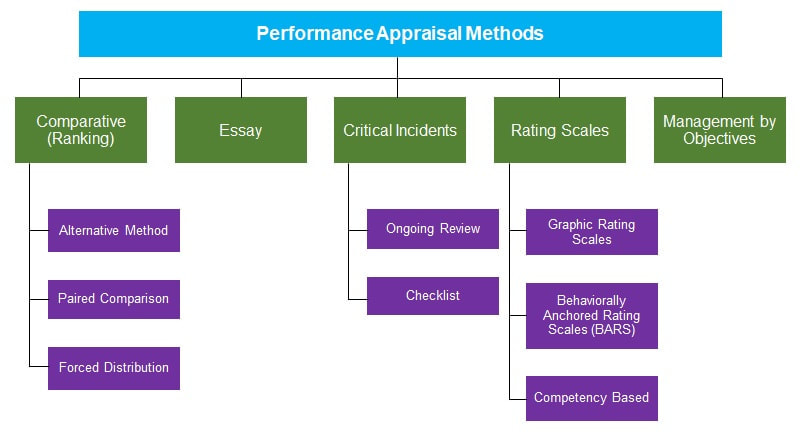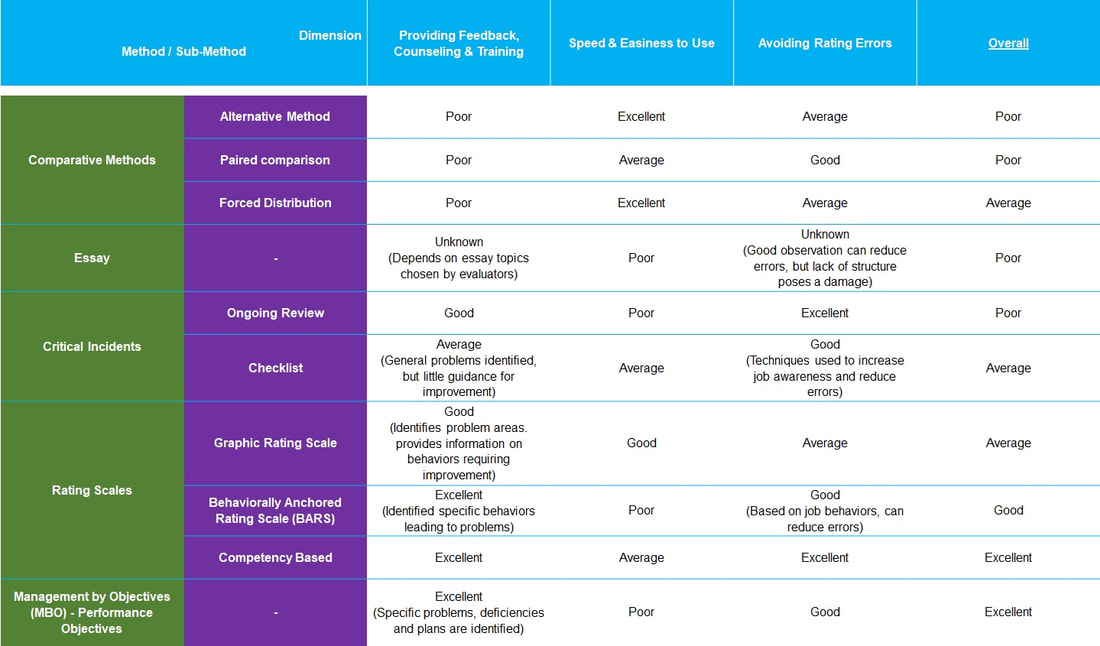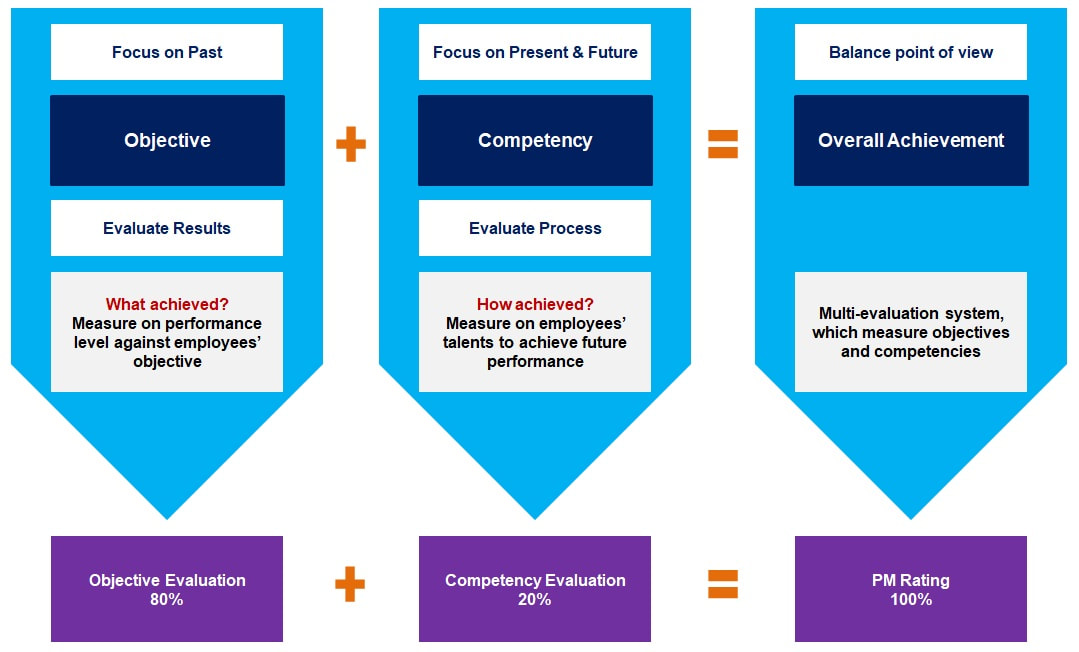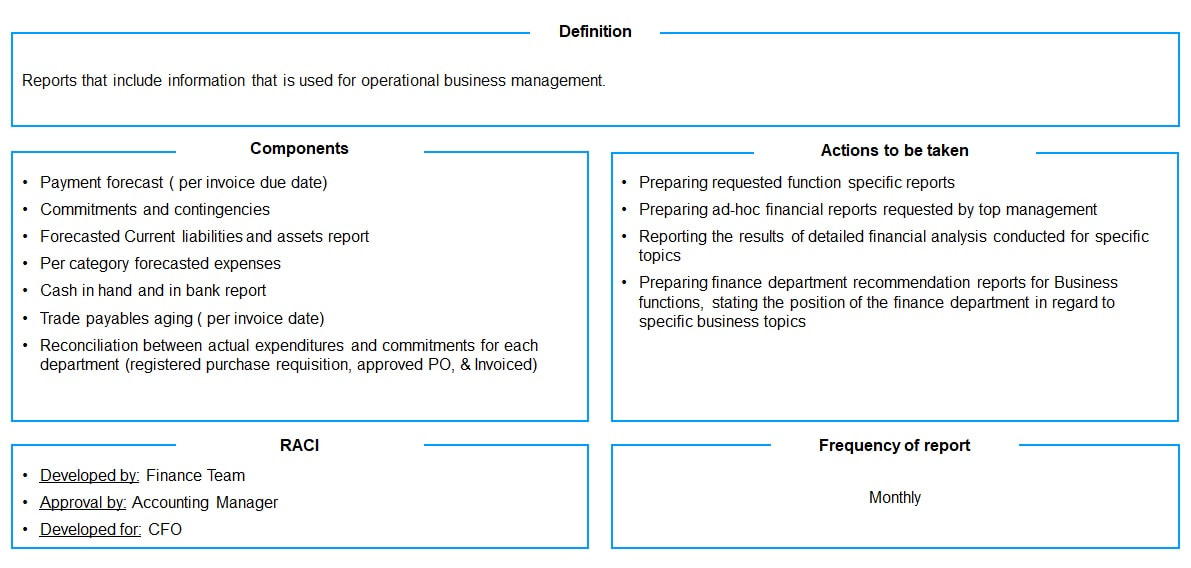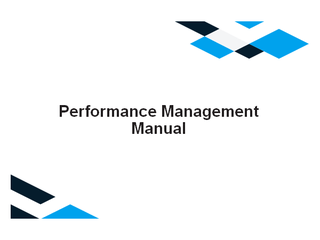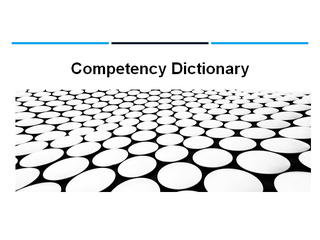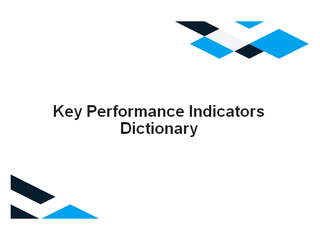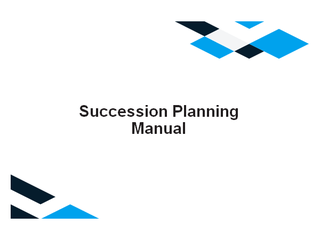What are the methods of performance appraisal?
- Advantages and Disadvantages
|
By: Mansour Baker
|
Posted: 20 December 2019 | Revised: 16 March 2023
|
|
Performance Appraisal Methods
There are several Performance Appraisal Methods that are utilized in evaluating the performance of employees. It has become a common practice in companies to combine two or even three methods into a company’s overall Performance Appraisal Program.
Exhibit 1
The Five Performance Appraisal Methods: Traditional and Modern
|
